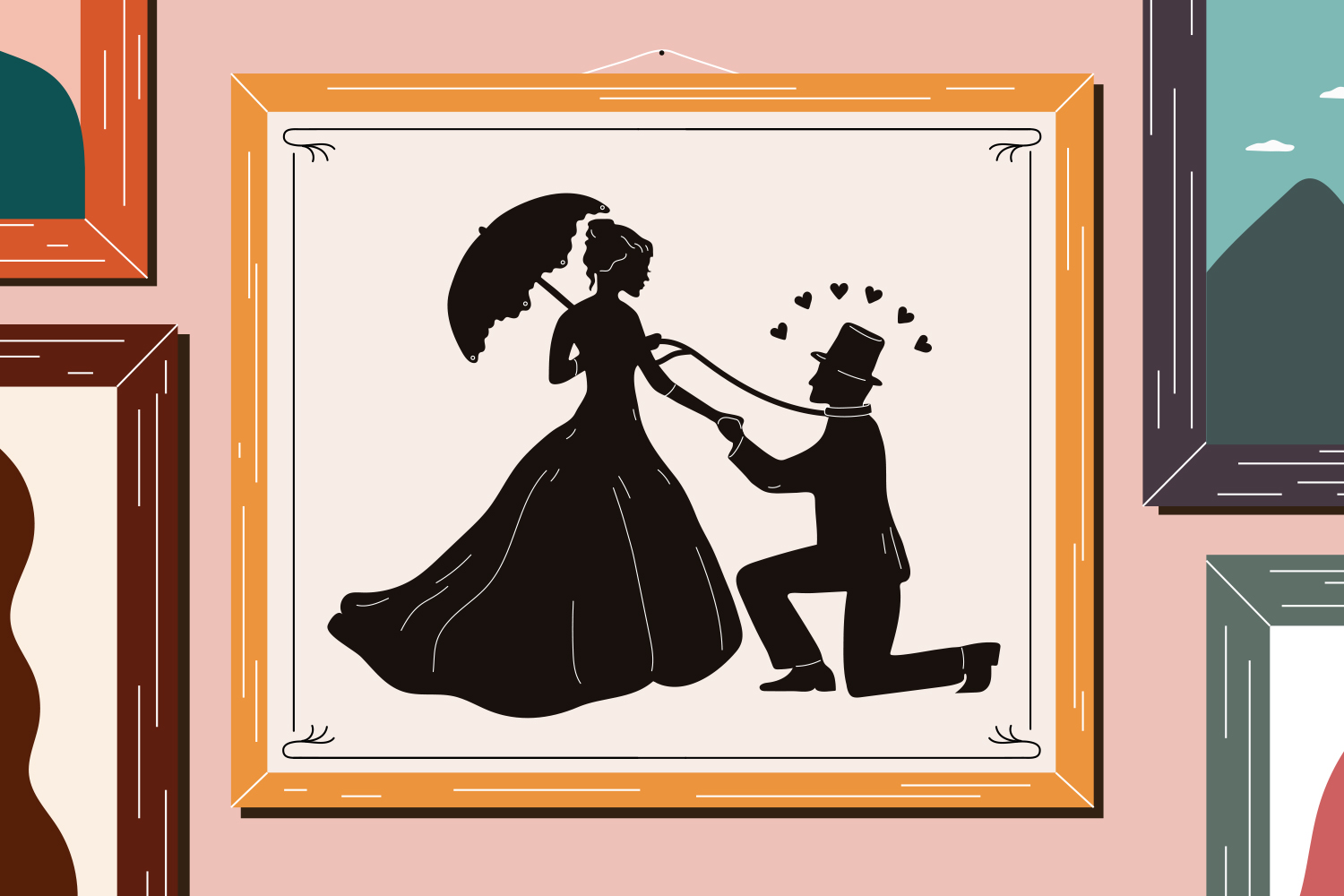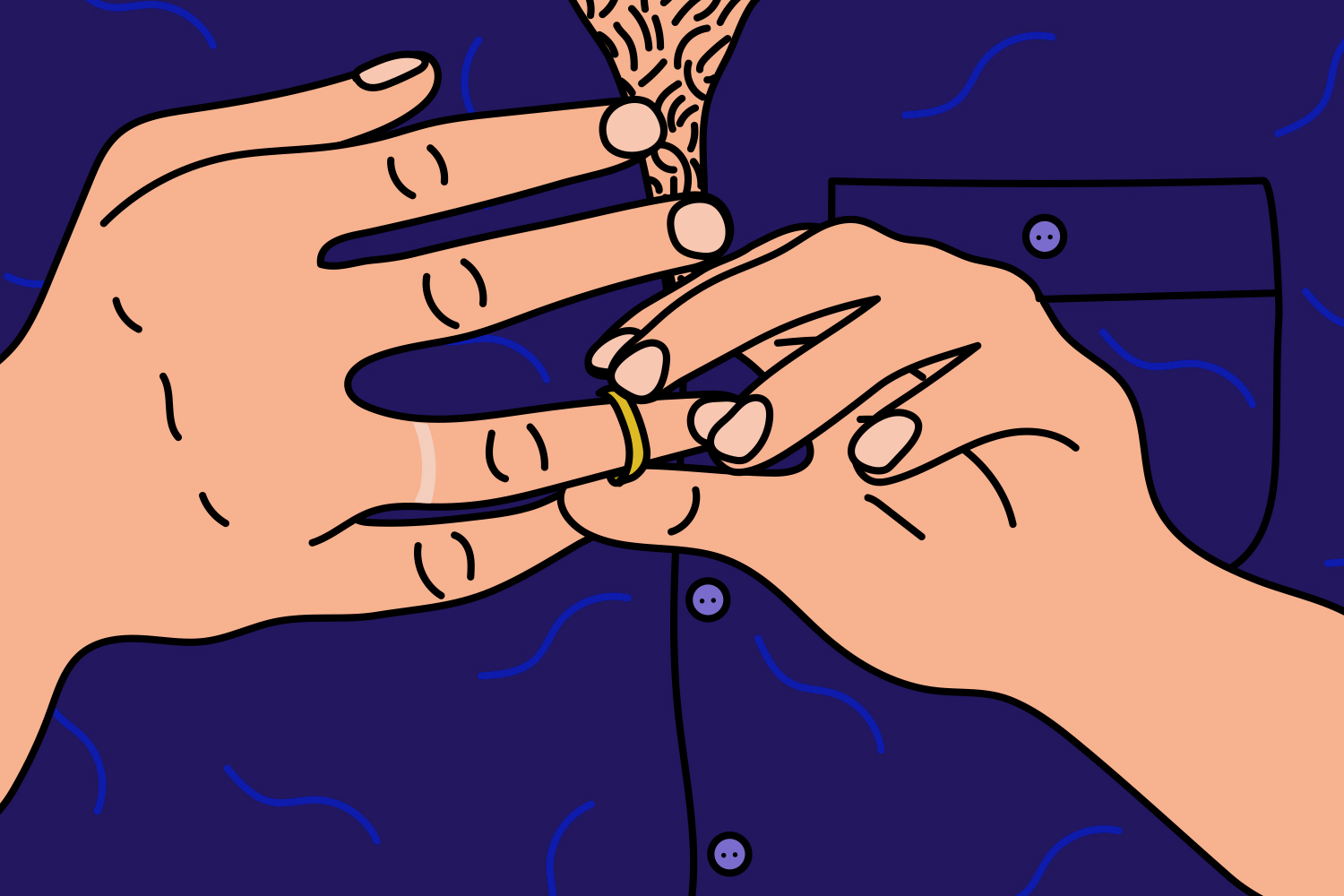When I first heard about relationship anarchy, my initial thought was, “Wow, what is that? It sounds really badass and also maybe kind of scary.”
While relationship anarchy is pretty badass (in my opinion, anyway) it’s not all that scary — though it should be handled with caution (more on that later). Essentially, relationship anarchy (often abbreviated RA) is an approach to relationships that involves individuals defining and governing those relationships on their own terms, independent of traditional societal norms. If that sounds vague, it’s because it is. Relationship anarchy is intentionally loosely defined, as the whole point is that its practitioners are free to define their relationships as they see fit, without feeling beholden to any external rules or expectations.
“RA is challenging to define because it’s been defined somewhat differently by its different proponents, and it’s been interpreted and practiced even more differently by those trying to live by its tenets,” says Dr. Zhana Vrangalova, LELO Sexpert and NYU professor of Human Sexuality.
That said, there are some core ideas that tend to underlie most approaches to relationship anarchy. While, like many non-traditional relationship styles, relationship anarchy has increasingly entered the mainstream in recent years, it was first popularized in a pamphlet by Andie Nordgren back in 2006. Nordgren’s original RA treatise included nine tenets for relationship anarchists, all of which were intended to be interpreted and modified by practitioners on an individual basis — since, again, the first rule of RA is that there are no rules.
These tenets include things like, “Love is abundant, and every relationship is unique.” In other words, love is not a finite resource, and relationships — whether romantic, sexual or otherwise — don’t exist in a hierarchy.
“People who practice relationship anarchy rely on their own values to determine how to structure and organize relationships rather than cultural norms,” says clinical psychologist and sex and intimacy coach Dr. Lori Beth Bisbey, adding that relationship anarchists “often don’t prioritize romantic relationships over other types of relationships. They take each relationship (friendship, romance, chosen family) on its own merits.”
According to Vrangalova, relationship anarchy tends to involve three main beliefs: One, that “love is a limitless resource,” and thus you can love more than one person at a time. Two, “that sexual and romantic relationships are not inherently more important than other types of close relationships.” And three, that “you should approach each relationship as a blank slate, not imposing any expectations or demands about what it should be based on the box society has for that type of relationship.”
How is relationship anarchy practiced?
By nature, relationship anarchy doesn’t describe any one specific kind of relationship, because the whole point of RA is that the individuals in those relationships define them on their own terms.
In this way, relationship anarchy differs significantly from other forms of non-traditional relationship styles that have also become more mainstream in recent years, such as various forms of non-monogamy and polyamory. In fact, according to Vrangalova, relationship anarchy isn’t really a relationship “style” at all, but rather “a particular approach toward building relationships.”
Those relationships can vary significantly, and can encompass a diverse range of different dynamics and monogamy agreements. “Polyamory, swinging, monogamy, open relationships, celibacy — all of those are different relationship types,” says Vrangalova. “RA is a relationship building approach, which can lead to any of the above types.”
Crucially, this means that relationship anarchy is not the same thing as polyamory, which Vrangalova says is among the most common RA misconceptions. “While folks practicing RA often create relationships that fall into the polyamory bucket (often of the non-hierarchical polyamory variety), RA can lead to building a monogamous relationship, or an open relationship, or an intentionally single lifestyle (no committed relationships, only casual sex and dating), or a celibate lifestyle etc.,” Vrangalova explains.
It also means that people who practice relationship anarchy can and do have monogamous relationships. “There is a misconception that if you practice RA you cannot have an anchor partner or a spouse,” says Bisbey, explaining that some relationship anarchists do have life partners, practice monogamy and even get married. The difference is that “the structure of their marriages are completely negotiated — they don’t accept standard cultural norms, rules and definitions.” (See also: radical monogamy.)
Is relationship anarchy right for you?
In short, probably not. While relationship anarchy certainly has its benefits and may appeal to people who are especially drawn to freedom and autonomy and tend to find traditional relationships constraining, the reality is that this is not the vast majority of people. Moreover, even those who do find the concept of relationship anarchy appealing may not have the skills necessary to actually make it work.
“RA is not for everyone,” stresses Vrangalova. “In fact, I’d argue that RA is only a well-fitting approach to relationships for a small minority of humans on the planet.”
For one thing, relationship anarchy requires top-tier levels of communication. While we all know that communication is key in all relationships, it’s especially crucial in relationship anarchy, as there’s no established script to fall back on. This means relationship anarchy is “only good for people who have excellent communication skills and enjoy communicating about relationships,” says Vrangalova.
Meanwhile, without those social scripts and societal norms to guide you, it can be hard for you and your partner(s) to know where you stand with each other. “Making partners feel secure enough without the traditional ‘trappings’ of romantic relationships is not a skill many of us have,” Vrangalova adds.
Moreover, there’s a reason traditional, structured relationships got to be the norm in the first place. Namely, because people crave structure. “Humans generally need categories and hierarchies; it’s very cognitively and emotionally taxing to navigate the world without them,” says Vrangalova.
That said, relationship anarchy can be very rewarding for the right kind of person. “RA allows for designing your relationships from scratch so to speak, without any preconceived ideas about what they ‘should’ look like,” explains Vrangalova. “This allows for greater freedom and independence in how we conduct our sex and love lives, which appeals to people with high needs for freedom and independence, and relatively lower needs for relational security.”
Meanwhile, “it also encourages people to define their own needs, desires and limitations, which creates more authentic and well-fitting relationships,” she adds.
Still, relationship anarchy is definitely not for everybody, or even most people. While many of us may like to think of ourselves as intellectually evolved free spirits who can reject societal norms, the reality is that a lot of us just can’t handle the responsibility that comes with that kind of freedom. Most of us need and want norms, to some degree, and there’s nothing wrong with that.
“RA is playing with a massive open fire and should be approached very, very carefully, only if you and your partners have the capacity and skills to do it well,” Vrangalova says. “Otherwise, you’re gonna scorch everything in a 1,000-mile radius.”
Aspiring relationship anarchists, consider yourselves warned.
Whether you’re looking to get into shape, or just get out of a funk, The Charge has got you covered. Sign up for our new wellness newsletter today.


























